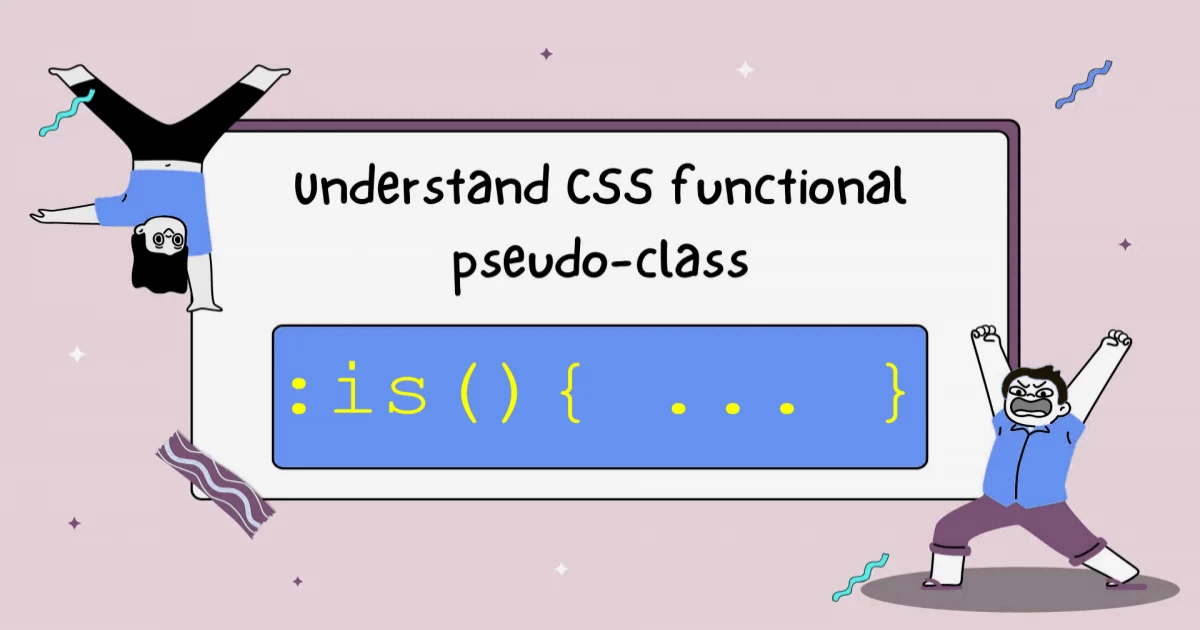
Repeating the common parent selector in css!!! 🤨
Are you tired of repeating the same parent selector over and over in your CSS code? 😩 It can be frustrating to write and difficult to read. Luckily, there's a solution: the :is() pseudo-class. In this blog post, we'll explore how to use this handy CSS selector to improve your code's efficiency and readability.
First, let's review what a parent selector is. In CSS, a parent selector refers to a selector that contains other selectors. For example, if you have the following HTML code:
<div class="parent">
<p class="child">Hello, world!</p>
</div>
Then the selector .parent is the parent selector of the selector .child. When writing CSS, it's common to use the parent selector to target elements that are nested inside it. For example, you might write:
.parent .child {
color: red;
}This CSS rule sets the text color of the .child element to red, but it requires us to repeat the .parent selector. If we have a more complex HTML structure with many nested elements, this can quickly become unwieldy.
Enter the :is() pseudo-class. This selector allows us to group together multiple selectors and apply a single set of styles to all of them. Here's an example:
:is(h1, h2, h3) {
font-weight: bold;
}
This CSS rule sets the font weight of all elements to bold. Note that we don't need to repeat the h1, h2, and h3 selectors – we can group them together using the :is() pseudo-class.
Here's another example that demonstrates how we can use the :is() pseudo-class to avoid repeating a parent selector:
.parent :is(.child1, .child2, .child3) {
color: blue;
}
This CSS rule sets the text color of all elements with the classes .child1, .child2, or .child3 that are nested inside an element with the class .parent to blue. Note that we only need to write .parent once – we can group together the child selectors using the :is() pseudo-class.
Using the :is() pseudo-class can make your CSS code more efficient and easier to read. Here are some best practices for implementing this technique:
- Use the :is() pseudo-class to group together multiple selectors that share a common parent selector.
- Use the :is() pseudo-class to group together selectors that have similar styles.
- Avoid using the :is() pseudo-class to group together selectors that have drastically different styles.
In summary, the :is() pseudo-class is a powerful tool for improving the efficiency and readability of your CSS code. By grouping together selectors that share a common parent selector, you can avoid repeating yourself and make your code easier to read and maintain. Happy coding! 🚀




Comments
No comments yet.
Add Comment